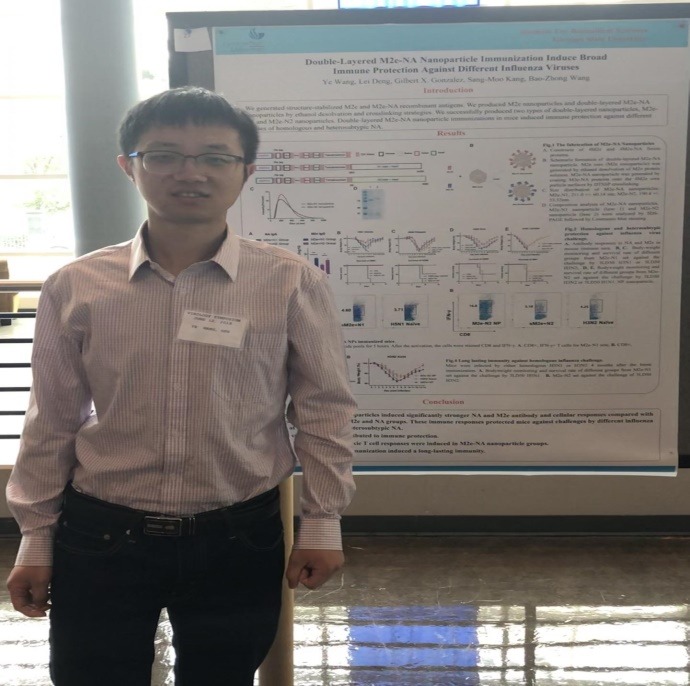Influenza is a significant cause of death caused by the influenza virus affecting the respiratory tract by infection. Different strains of the virus cause it. Type A and Type B are the most common strains affecting humans, birds, and pigs. Therefore, universal influenza vaccination is needed to cut the outbreak of this respiratory illness each season. Since seasoned flu vaccinations are insufficient to eliminate the threats of influenza disease, a novel nanoparticle vaccination has been developed by researchers at Georgia State University (GSU) to provide universal protection against all virulent strains of the influenza virus, eliminating the need for vaccinations in each season.
Researchers utilized two influenza proteins to develop nanoparticle vaccination in mice. It comprises a combination of two proteins that are majorly found in all strains of influenza virus (i.e., matrix protein 2 ectodomain (M2e) and neuraminidase (NA), specifically NA found on the surface of the virus. According to a study by the Institute for Biomedical Sciences at Georgia State University, the findings of the research have been published in the journal Advanced Healthcare Materials.

Ye Wang was the first author of the study. He is a biology Ph.D. student working in Dr. Bao-Zhong Wang’s lab at the Institute for Biomedical Sciences. Wang said, “This nanoparticle antigen combination conferred mice with strong cross-protection,” and that “It can protect mice from different strains of influenza virus. Each season, we have different flu strains that affect us. So by using this approach, we hope this nanoparticle vaccine can protect humans from different strains of influenza virus.”
This double-layered nanoparticle vaccination containing M2e (matrix protein 2 ectodomain) as the core, and NA (neuraminidase) is coated on the surface. According to the study, all mice were immunized with nanoparticle vaccine intramuscularly and then exposed to one of six influenza virus strains of the influenza virus. And all mice developed immunity or protection against six different types of Influenza strains.

“It’s important to mention that a lot of flu vaccines haven’t focused on NA before,” said Gilbert Gonzalez, co-author of the study and lab manager in Dr. Bao-Zhong Wang’s lab in the Institute for Biomedical Sciences. “NA is becoming a more important antigen for influenza vaccine research. Previously, it had been ignored or discounted because hemagglutinin (HA) is much more dominant. When you get a flu infection, your body reacts to the HA.”
The vaccine has proved to be a promising universal long-lasting immune-protection for up to four months after immunizations. Next, researchers are planning to load the nanoparticle vaccine onto microneedle patches for skin vaccination. The Patent Application No. WO2019070955A1, filed by Georgia State Univ Research Foundation Inc (US), discloses the vaccine compositions and methods based on a truncated influenza HA protein lacking a head domain. Also disclosed is a nanoparticle formed by desolvating the fusion protein with a desolvating agent and/or crosslinking a fusion protein with a crosslinking agent, wherein the fusion protein comprises a series of 2 to 8 influenza virus matrix protein 2 extracellular (M2e) domains linked to a multimerization domain, wherein the fusion protein further comprises influenza neuraminidase (NA) protein linked to the multimerization domain. This nanoparticle can, in some embodiments, be coated with an antigen, such as the disclosed hrHA (Influenza hemagglutinin (HA) protein lacking a head domain) polypeptide.

